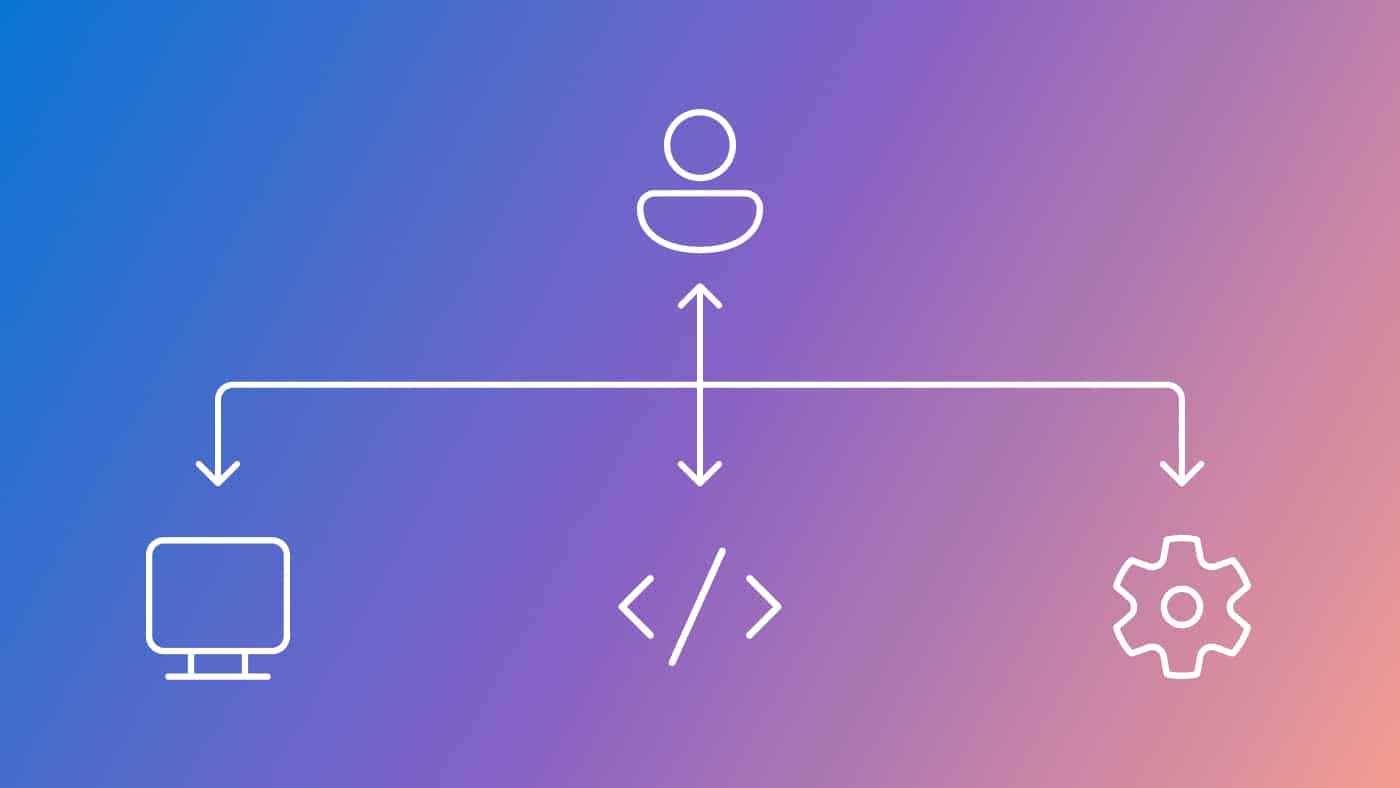Microsoft Launches Magnetic-UI: Open-Source Agentic Web Framework

Microsoft has unveiled a groundbreaking web interface called Magentic-UI, designed to perform complex online tasks with a focus on user collaboration. Announced during the Build 2025 conference, this innovative tool is being marketed as a “human-centred web agent.” Unlike traditional computer agents, Magentic-UI works alongside users, providing transparency in its operations through a dedicated panel. As an open-source project, it is now available for download on GitHub and through Microsoft’s Azure AI Foundry Labs.
Magentic-UI: A New Era of Computer Use Agents
Microsoft’s Magentic-UI represents a significant advancement in the realm of computer use agents. This new interface allows users to engage with a network of agents that can navigate virtual environments and interact with various applications, including web browsers. The capabilities of Magentic-UI extend to tasks such as making restaurant reservations or purchasing items online. The company emphasizes the “human-centric” aspect of this tool, enabling users to adjust its plans, pause operations, and provide feedback in natural language. Users also have the option to regain control of the browser at any point during the process.
One of the standout features of Magentic-UI is its commitment to user approval. Before executing any irreversible actions—such as placing an order or adding items to a shopping cart—the agent seeks confirmation from the user. This level of interaction ensures that users remain in control of their tasks. Additionally, the system is designed to learn from past interactions, allowing it to leverage previous experiences to enhance future task completion.
Architecture and Functionality of Magentic-UI
The architecture of Magentic-UI is built upon Microsoft’s Magentic-One agentic system, which integrates four distinct AI agents to work in unison. At the helm is the Orchestrator, the primary agent responsible for planning tasks in collaboration with the user. This agent also gathers feedback and assigns sub-tasks to the other agents in the network. The WebSurfer agent is equipped with a web browser, enabling it to perform actions such as clicking, typing, and scrolling across multiple pages to fulfill a task.
In addition to the WebSurfer, the Coder agent is capable of writing and executing Python and shell commands within a Docker code-execution container. This functionality allows for more complex operations that may be required during task execution. Lastly, the FireSurfer agent, also utilizing a Docker environment, is equipped with tools for file conversion, further enhancing the capabilities of the Magentic-UI system.
Accessing Magentic-UI: Open Source and Cloud Options
For those interested in exploring Magentic-UI, Microsoft has made the AI agent accessible through GitHub, where users can download it for local use. The company is offering a research preview of the agent under a permissive MIT license, encouraging developers and enthusiasts to experiment with its features. Additionally, for users who prefer a cloud-based experience, Magentic-UI is hosted on Microsoft’s Azure AI Foundry Labs, providing a convenient option for those looking to leverage its capabilities without local installation.
With the launch of Magentic-UI, Microsoft is positioning itself at the forefront of AI-driven web interfaces, promising a more interactive and user-friendly experience for completing online tasks. As the technology evolves, it will be interesting to see how users adapt to this new way of engaging with web applications.
Observer Voice is the one stop site for National, International news, Sports, Editor’s Choice, Art/culture contents, Quotes and much more. We also cover historical contents. Historical contents includes World History, Indian History, and what happened today. The website also covers Entertainment across the India and World.

